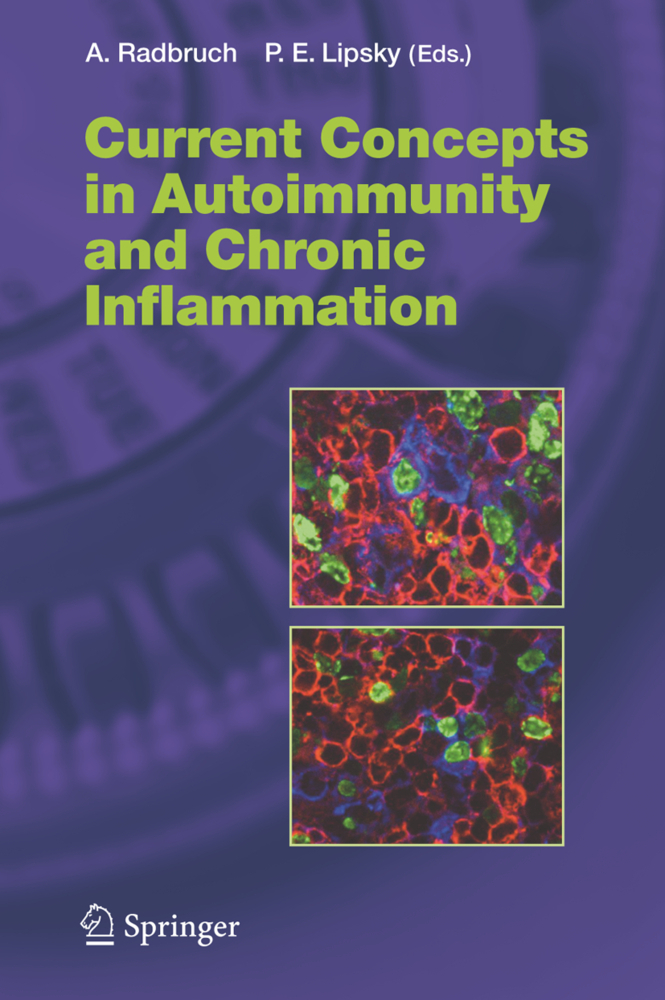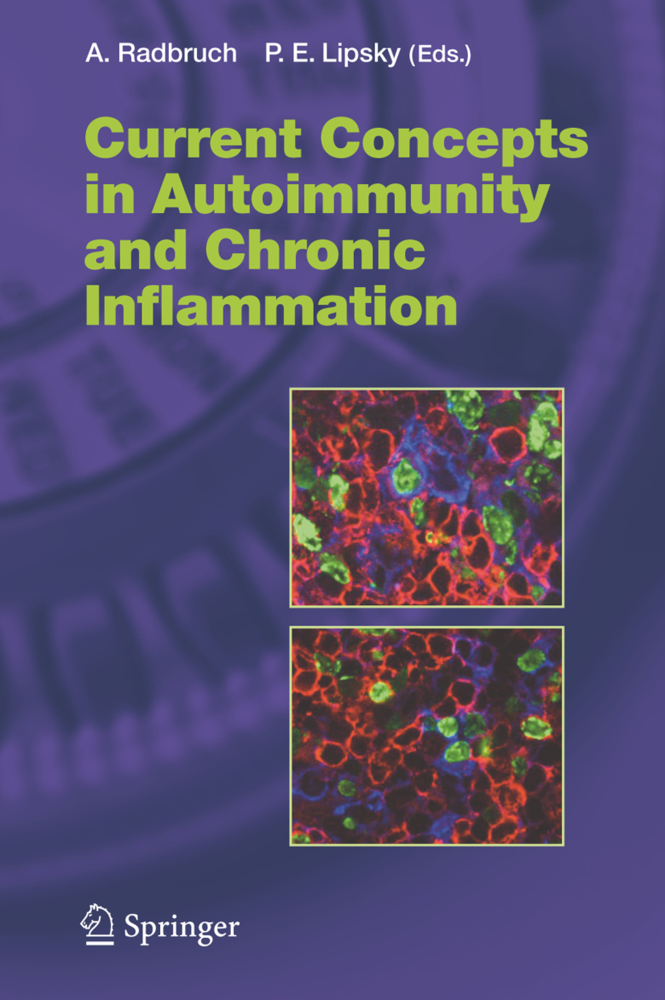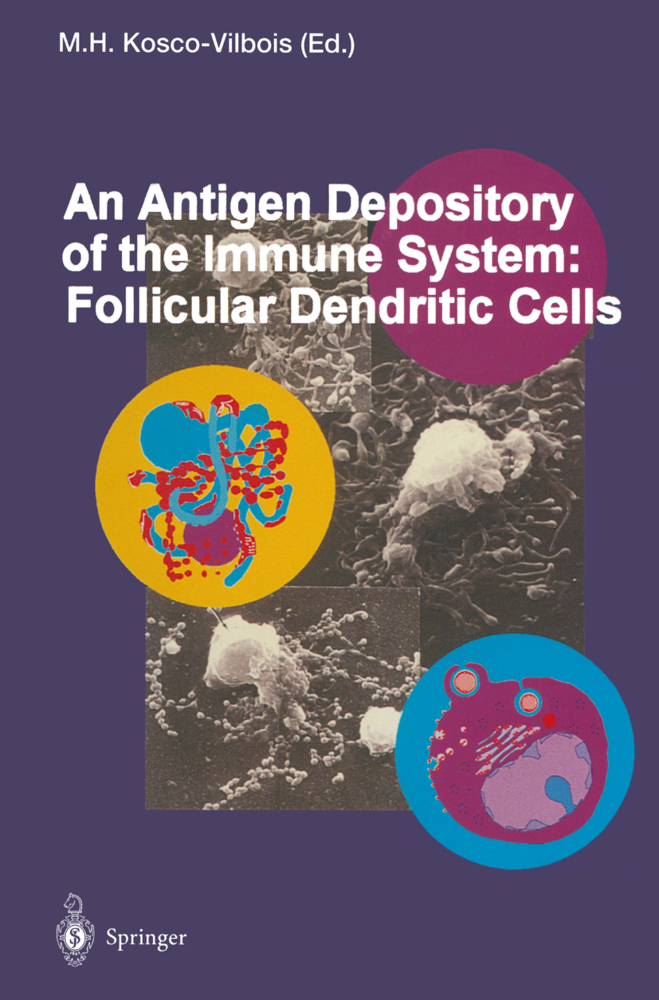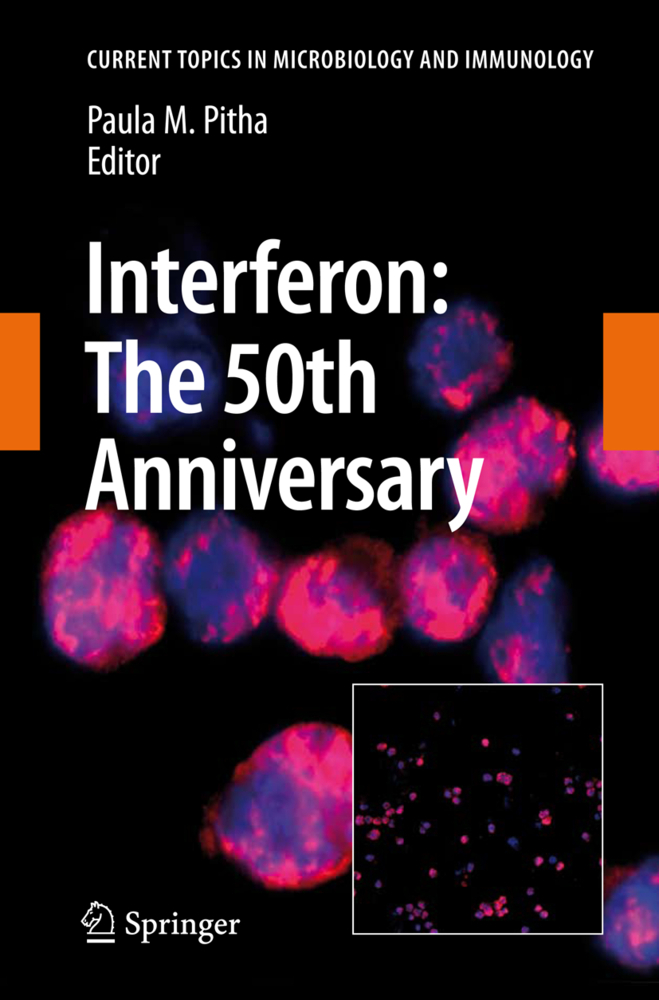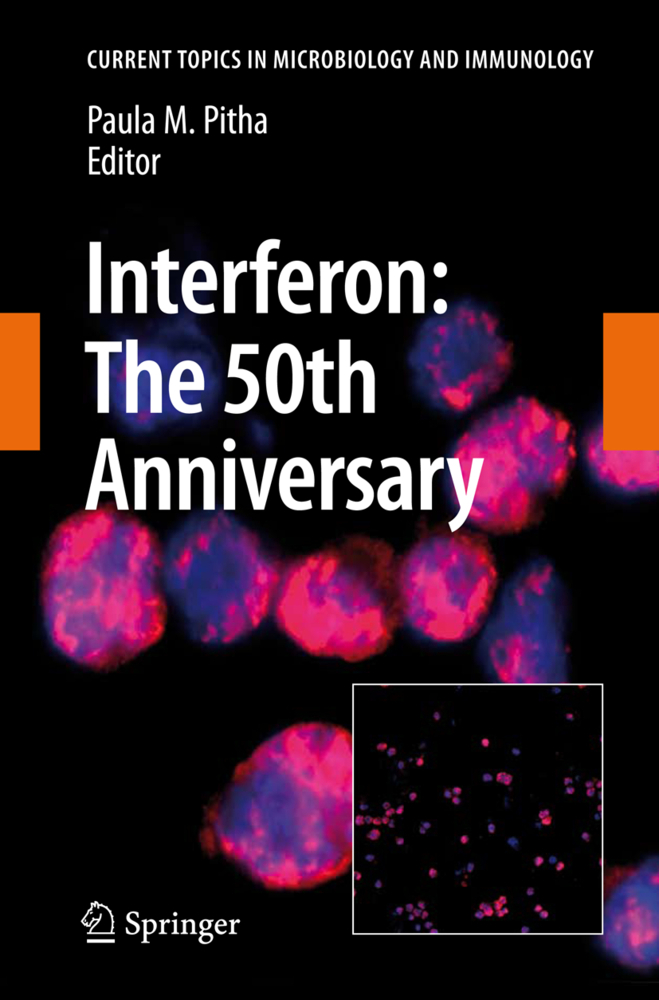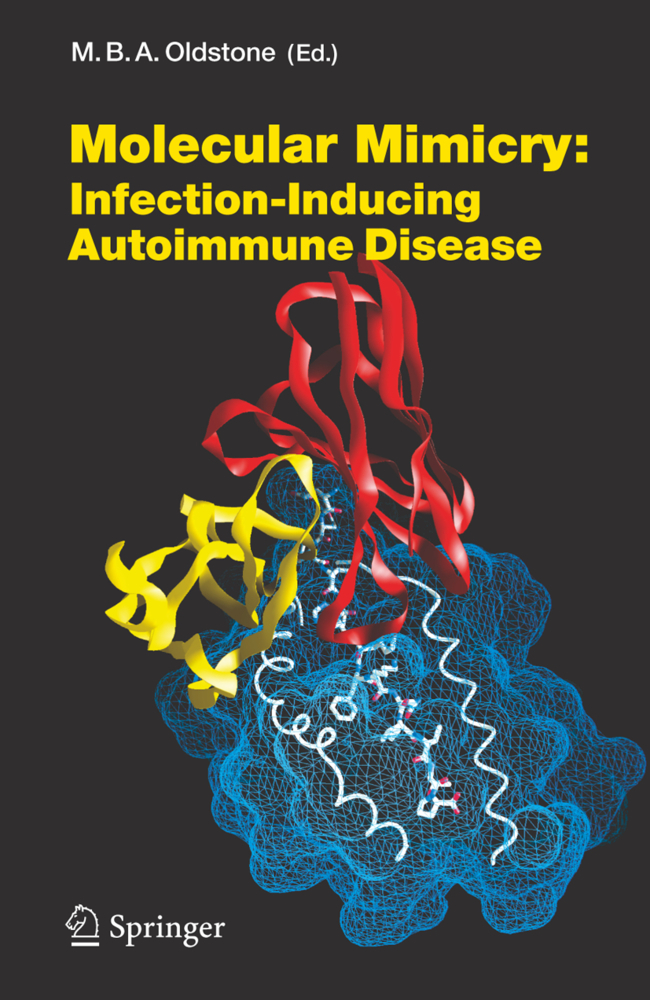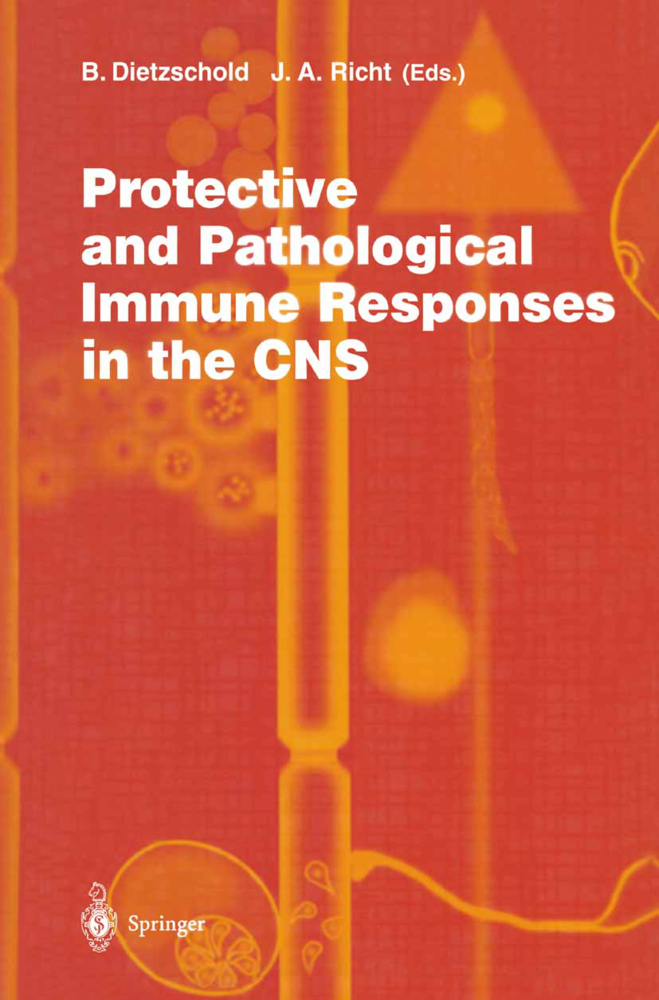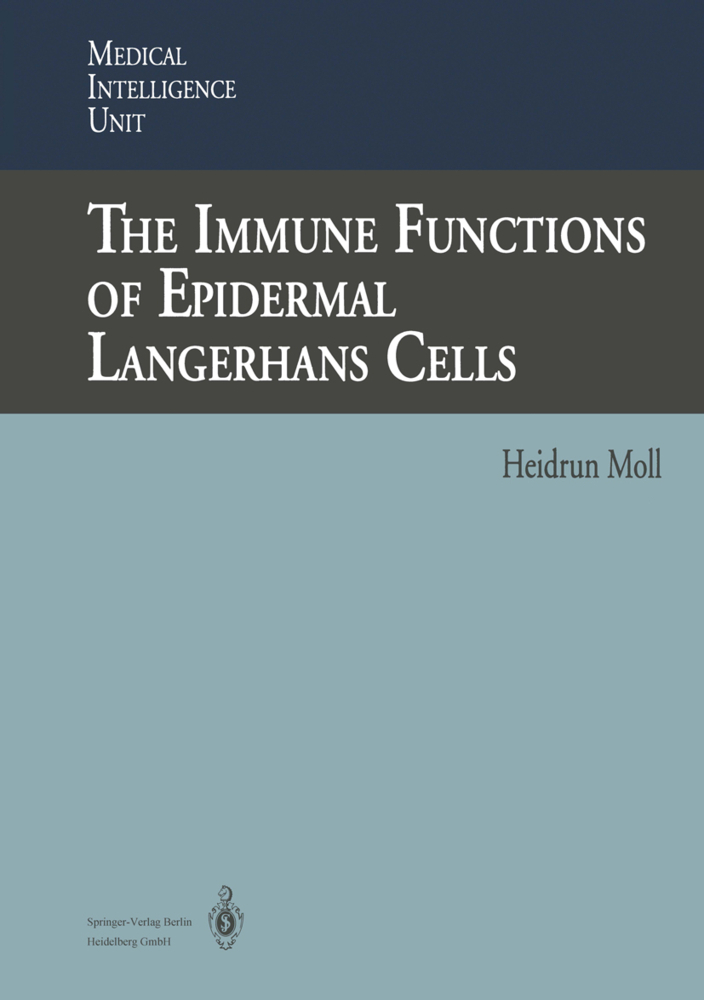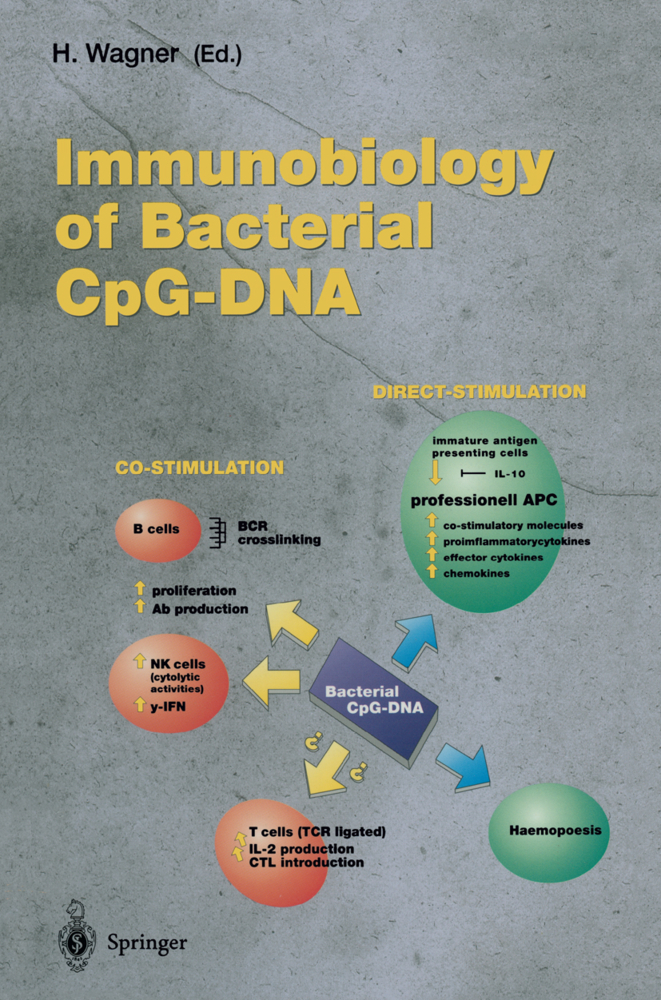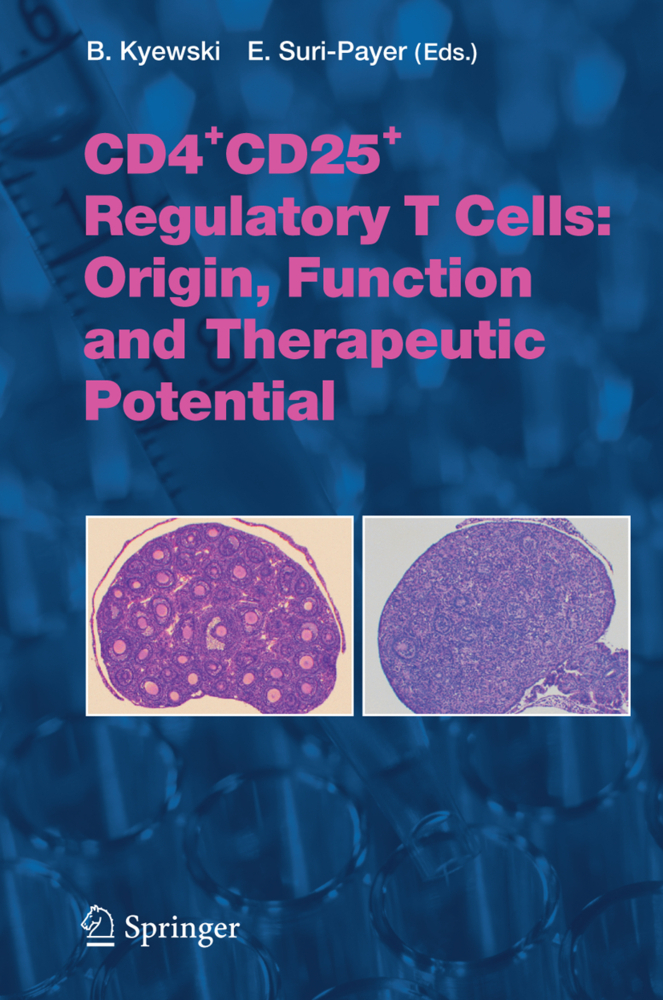Current Concepts in Autoimmunity and Chronic Inflammation
The immune system has been known to be capable of distinguishing self from non-self since the pioneering work of Paul Erhlich more than a century ago. Originally described in experiments studying blood transfusion comp- ibility, the principle of "horror autotoxicus" is still valid, although today the phenomenon is usually described in terms of tolerance or ignorance. A great deal has been learned about the various processes preventing self-reactivity normally. These include processes that operate during immune cell ontogeny and subsequently on reactivity of mature lymphocytes in the periphery. They encompass mechanisms that are intrinsic to potentially reactive lymphocytes and can result in central or peripheral deletion or the alteration of functional potential. In addition, there are in?uences that are extrinsic to potentially auto-reactive lymphocytes, including the function of regulatory cells, d- ferentiation state of antigen-presenting cells, availability of self-antigen, the cytokine and chemokine milieu, as well as the traf?cking patterns involved in generating productive immune interactions. It is clear that the immune system devotes a considerable effort to the avoidance of the development of potentially pathogenic self-reactivity. Despite this, the development of self-reactivity is relatively common. - though the development of autoimmune disease is less frequent, autoimmune diseases, such as rheumatoid arthritis, multiple sclerosis, systemic lupus e- thematosus, psoriasis, thyroiditis, and myasthenia gravis, are all too common, and can cause considerable morbidity and even mortality.
Naturally Arising Foxp3-Expressing CD25+CD4+ Regulatory T Cells in Self-Tolerance and Autoimmune Disease
Sex Hormones and SLE: Influencing the Fate of Autoreactive B Cells
Innate (Over)immunity and Adaptive Autoimmune Disease
Can Unresolved Infection Precipitate Autoimmune Disease?
The Systemic Autoinflammatory Diseases: Inborn Errors of the Innate Immune System
Inefficient Clearance of Dying Cells and Autoreactivity
The Importance of T Cell Interactions with Macrophages in Rheumatoid Cytokine Production
T Cell Activation as Starter and Motor of Rheumatic Inflammation
Signalling Pathways in B Cells: Implications for Autoimmunity
Immunological Memory Stabilizing Autoreactivity
Genetics of Autoimmune Diseases: A Multistep Process.
B Cell Tolerance-How to Make It and How to Break It
Breaking Ignorance: The Case of the BrainNaturally Arising Foxp3-Expressing CD25+CD4+ Regulatory T Cells in Self-Tolerance and Autoimmune Disease
Sex Hormones and SLE: Influencing the Fate of Autoreactive B Cells
Innate (Over)immunity and Adaptive Autoimmune Disease
Can Unresolved Infection Precipitate Autoimmune Disease?
The Systemic Autoinflammatory Diseases: Inborn Errors of the Innate Immune System
Inefficient Clearance of Dying Cells and Autoreactivity
The Importance of T Cell Interactions with Macrophages in Rheumatoid Cytokine Production
T Cell Activation as Starter and Motor of Rheumatic Inflammation
Signalling Pathways in B Cells: Implications for Autoimmunity
Immunological Memory Stabilizing Autoreactivity
Genetics of Autoimmune Diseases: A Multistep Process.
Radbruch, Andreas
Lipsky, Peter E.
| ISBN | 978-3-540-29713-0 |
|---|---|
| Artikelnummer | 9783540297130 |
| Medientyp | Buch |
| Copyrightjahr | 2006 |
| Verlag | Springer, Berlin |
| Umfang | IX, 282 Seiten |
| Abbildungen | IX, 282 p. |
| Sprache | Englisch |

